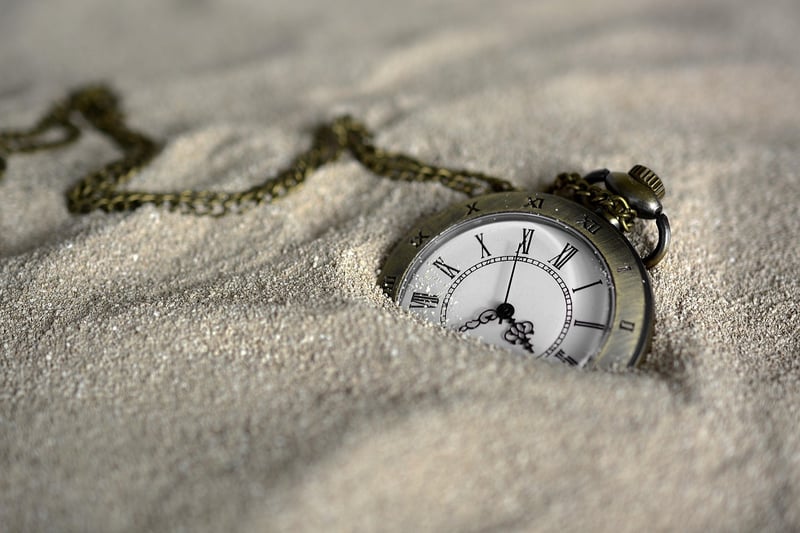Causal Loops
Unraveling the Mysteries of Temporal Anomalies and Causal Loops

Time travel, temporal anomalies, and causal loops have long captured the imagination of scientists, philosophers, and storytellers alike. These concepts delve into the complexities of time, causality, and the very fabric of reality itself.
Understanding Temporal Anomalies
Temporal anomalies refer to disruptions or irregularities in the flow of time. These anomalies can manifest in various ways, such as time dilation, time loops, or time jumps. While theoretical in nature, they have been a subject of fascination in both science fiction and scientific research.
Exploring Causal Loops
Causal loops, also known as closed timelike curves, are phenomena where an event is both the cause and effect of itself, creating a loop in the fabric of time. This concept raises intriguing questions about causality, determinism, and free will.
The Grandfather Paradox
One of the most famous examples of a causal loop is the Grandfather Paradox. This thought experiment involves a time traveler going back in time and preventing their grandfather from meeting their grandmother, thus preventing their own existence. The paradox highlights the complexities and contradictions inherent in time travel scenarios.
Implications and Theories
Temporal anomalies and causal loops challenge our understanding of time and reality, leading to various theoretical frameworks such as the Novikov self-consistency principle, which suggests that any actions taken by a time traveler were already part of the past and cannot lead to paradoxes.
Conclusion
As we continue to unravel the mysteries of time, temporal anomalies, and causal loops, we are confronted with profound questions about the nature of existence, causality, and the boundaries of our understanding. Whether in the realm of science or fiction, these concepts ignite our curiosity and spark endless possibilities.
